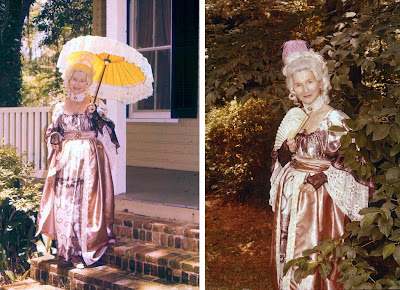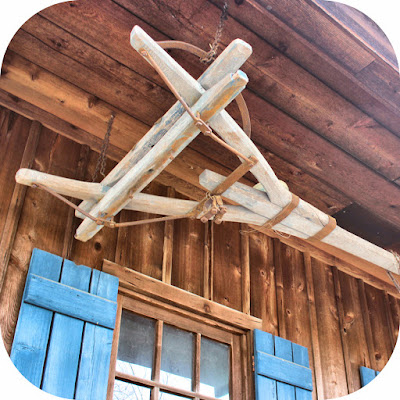Dorothy Dabney Kehoe was a remarkable Covington area resident who was involved in a variety of activities, from the Bicentennial Celebration in 1976 to local theater productions. Though she was born in Ocean Springs, Miss., Kehoe's family moved to Covington in the mid-1920's and lived at Mulberry Grove. As she grew up, she expressed an interest in directing little theater. As time went on she became involved in public relations consulting, and for a while did public relations for the primate research center and later for St. Tammany Parish Hospital.
After living in Covington for twenty years, she moved to West Branch, Iowa. According to the Times Picayune obituary, she died at the age of 82 years on August 31, 1997, at Manor Care Nursing Home and Rehabilitation Center in West Branch, Iowa.
The family moved to Ocean Springs, Miss., for retirement as well as recuperation from a bout with the virulent yellow fever that he had contracted while Secretary of the American Legation in San Salvador.
Dr. Dabney had attended Tulane University at New Orleans. In the 1870s, while a medical student, he left school briefly to assist in a yellow fever outbreak near Brookhaven, Mississippi. While in the field, Dabney found an herb that was being utilized by Native Americans camped in the vicinity.
From this plant, Dr. Dabney developed an efficacious treatment for dropsy. He also achieved international acclaim when he diagnosed the first human case of anthrax. In 1898, Dabney reported the first case of hookworm in Louisiana.
Dr. T.S. Dabney passed on December 28, 1923, at New Orleans.
Dr. Dabney's son Thomas Ewing Dabney was born in 1885. He married an English lady, Winifred Hilda Michaels of London in 1907 and Dorothy Kehoe was one of their several children. At Ocean Springs, T.E. Dabney became known as a dynamic entrepreneur and promoter of the town. He ventured into dairy farming; vending Aetna Dynamite, as well as using this high explosive to clear land of tree stumps; and publishing.
Boscobel Dairy (1912-1914)
T.E. Dabney’s first venture into local capitalism was the Boscobel Dairy. It and his pecan orchard were situated at “The Field”, the Dabney twenty-acre tract. Mr. Dabney was reputed have had one of the finest herds in the State. He catered to the upper class families as he charged $12 per quart for his high quality milk.
When T.E. Dabney decided to get into the newspaper business, he sold the dairy to Charles Snyder (1877-1963) in December 1914. The deal included nine cows, cream separator, utensils, and good will.
The Ocean Springs News
In November 1914, Thomas E. Dabney acquired The Ocean Springs News from Albert Enos Lee (1874-1936). In mid-July 1916, Dabney suspended production of The Ocean Springs News. He had gone to Pensacola, Florida in April and secured a position with The Pensacola Journal.
T.E. Dabney during his short tenure at Ocean Springs also published a promotional pamphlet, "Ocean Springs: The Land Where Dreams Come True (1915)", which emphasized the agricultural and recreational opportunity of the town and environs.
Dabney joined the staff of The Times Picayune in 1933, and had a marvelous career as an author, lecturer, adventurer, and expert on Shakespeare. Dabney penned, Tropic Intrigue; One Hundred Great Years: The Story of The Times Picayune From Its Beginning To 1940; and The Man Who Bought The Waldorf: The Life of Conrad N. Hilton. He also wrote a book on The Industrial Canal in New Orleans.
Thomas E. Dabney died at a nursing home in Covington, Louisiana, on April 22, 1973. The news coverage of his death was extensive, focusing on his newspaper work but also spotlighting his many other accomplishments, book publications and historical research.
Dabney Archives
Nearly 1200 items from Thomas Ewing Dabney in the period 1911 to 1969 are archived in the Tulane University Manuscripts Department at New Orleans.
See also:



















































